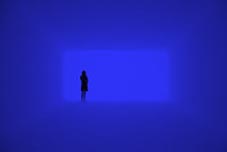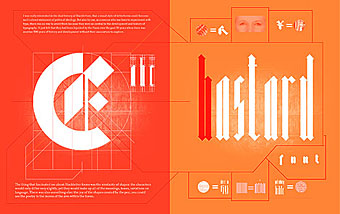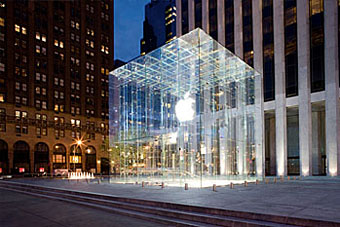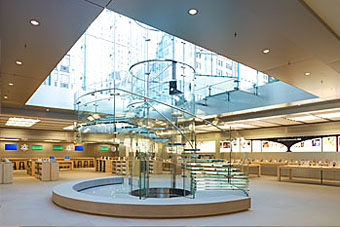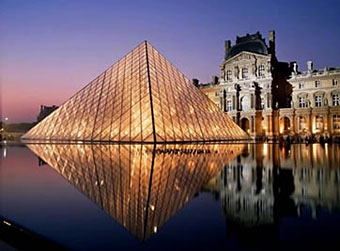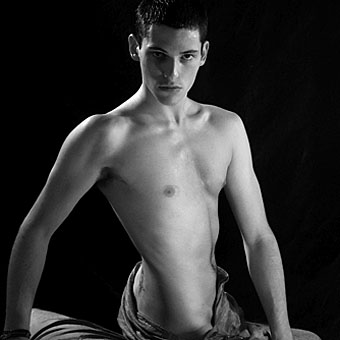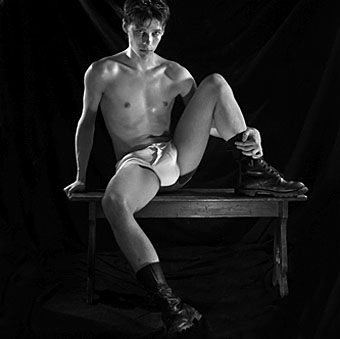Left and below: End Around (2006).
Neon light, fluorescent light, and space.
GRIFFIN is pleased to announce an exhibition of new works by internationally acclaimed artist James Turrell. The exhibition will constitute the American debut of the artist’s Tall Glass series with three new works, along with End Around, a new work from his Ganzfeld series. This exhibition of new work highlights the most recent developments in Turrell’s forty-year exploration of light and human perception. It also serves as a bracket to the artist’s previous GRIFFIN exhibition, which featured the light projection works from the 1960s that constituted his earliest experimentations with the medium. As with that exhibition, the interior space of the gallery will be completely reconstructed to accommodate the new works.
In his Tall Glass series, Turrell adds a temporal element to his perception-altering oeuvre. Each piece consists of a core of LEDs individually programmed by Turrell to carry out a subtle shift in color over time, similar to the deliberate but beautiful fashion in which the sky changes from late afternoon to night. However, these works’ careful construction insures that the viewer will see only a large floating, subtly changing field of light – a revelatory experience of photons as tangible entities and physical presence.
Also on exhibition will be End Around, one of Turrell’s Ganzfeld works. Upon entering the chamber housing the artwork, viewers instinctively approach what appears to be a faint wall of light in the distance. But upon reaching the light source, one’s entire visual field is consumed by an apparently limitless field of blue light. Turrell engineers the Ganzfeld works to eliminate all visual cues that the human brain uses to process depth. As a result, one is unable to tell whether the ethereal blue field he sees from the platform extends for inches, feet, or into infinity. The loaded act of “moving toward the light” and the subsequent experience of limitlessness reopen the spiritual dialectic that has perpetually surrounded Turrell’s light works.
GRIFFIN
2902 Nebraska Avenue
Santa Monica, California
90404
May 20th–August 26th, 2006


